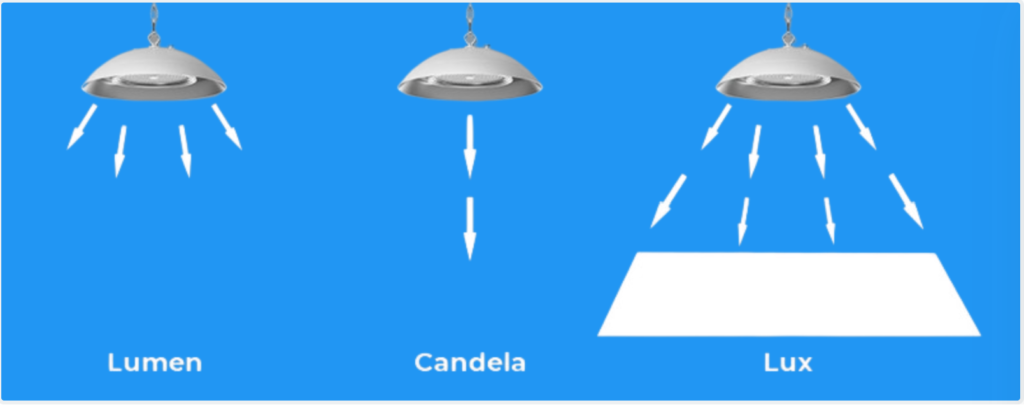Lumen is the standard unit of measurement for luminous flux in the International System of Units (SI). Luminous flux refers to the total amount of visible light emitted by a light source per unit of time. In simpler terms, it measures the total brightness of a light source, encompassing all the light emitted in all directions.
Another way to understand luminous flux is as the “flow” of light, similar to how we might measure the flow of water in liters per second. The more lumens a light source emits, the brighter it appears to an observer. Therefore, when you see a lumen rating on a light bulb or a lighting fixture, it indicates how much light that particular source emits, allowing you to gauge its brightness relative to other light sources.
Lumen Easy Explanation:
Here is detailed explanation of the relationship between luminous intensity, apex angle, and total luminous flux. This relationship is crucial to understand when selecting lighting solutions, especially when considering factors like brightness and beam angle.
In summary, the luminous intensity of a light source, measured in candela (cd), is directly related to the angle over which the light is emitted. LEDs with a high luminous intensity typically have a narrow apex angle, resulting in a concentrated beam of light and higher intensity in that direction. Conversely, LEDs with a wider apex angle emit light over a broader area, resulting in lower luminous intensity.
Total luminous flux, measured in lumens (lm), takes into account both the luminous intensity and the angular span over which the light is emitted. The relationship between luminous intensity (Iv), angular span (Ω), and total luminous flux (Φv) is given by the formula Φv = Iv ⋅ Ω.
For isotropic light sources that emit light uniformly in all directions, the total luminous flux is calculated by multiplying the luminous intensity by 4π steradians (the total solid angle of a sphere). This relationship is expressed as
Φv = 4π Iv.
As a point of reference, a standard 230V/60W incandescent light bulb typically produces around 700 lumens of total luminous flux, while a low-voltage (12V) tungsten halogen lamp rated at 20W yields approximately 310 lumens.
Understanding these relationships allows for informed decisions when choosing light sources for various applications, considering factors such as desired brightness, beam angle, and energy efficiency.
Following picture shows the difference among lumen, candela and lux.
